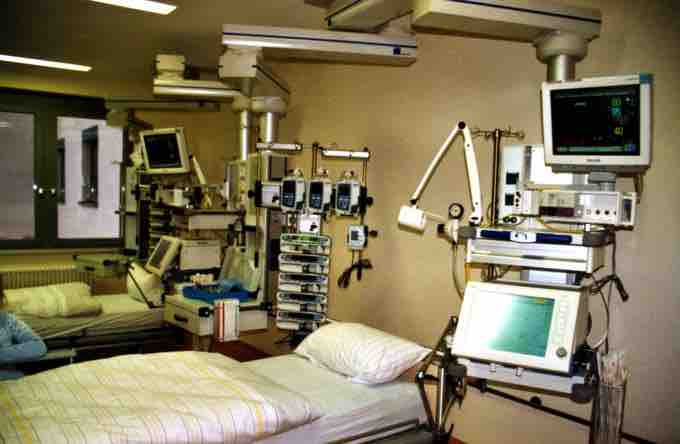As shown below, most of the U.S. economy is classified as services. Agriculture accounts for 1.2%, industry makes up 22.1%, and services contribute 76.7% (2011 est.).

Hospital equipment
Health care is part of the service economy
In fact, the current list of Fortune 500 companies contains more service companies and fewer manufacturers than in previous decades.
A "service" can be described as all intangible effects that result from a client interaction that creates and captures value. Services are everywhere in today's world. The sector ranges from common "intangible" goods, such as health and education, to newer goods, such as modern communications and IT. Services are said to be essential to increase productivity and growth and are considered salient to the development of knowledge-based economies.
Many products are being transformed into services. For example, IBM treats its business as a service business. Although it still manufactures computers, it sees the physical goods as a small part of the "business solutions" industry.
The growth of the service sector is, in part, a response to the change of traditional manufacturing industries into services. Many modern services combine both products and services, and the distinction between the two has blurred. However, still a number of typically shared characteristics distinguish services from goods-producing sectors. These include a clear focus on knowledge and ICT, ever-changing business processes, and unique financial, regulatory, and investment structures. Service industries also cover a large variety of business types, from travel to highly knowledge-intensive services, such as global communication networks and specialized financial services. In general, knowledge-intensive services encompass both professional services (e.g., financial, legal), and science and technology-linked services (e.g., environmental, mining, health).